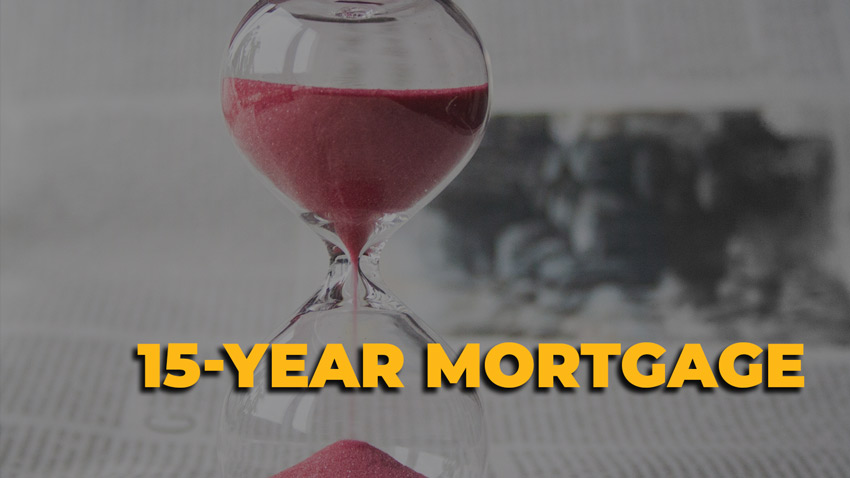Did you know that many of the common mortgage loan options offer a 15-year mortgage instead of a 30-year one? Many homeowners feel obligated to commit to a 30-year relationship with their lender. However, a 15-year mortgage is a legitimate option.
What Kinds of 15-Year Mortgages Are Available?
In most cases, you have the same number of options when it comes to a 15-year mortgage as you do with a 30-year mortgage. Here are some of the most popular options:
- Fixed-Rate: The rate stays the same.
- Adjustable-Rate: The rate changes during the life of the mortgage.
- Balloon Mortgage: The balance of the money owed is all paid at once at the end of the mortgage term. Some lenders offer a 30/15 balloon where the interest rate is that of a 30-year mortgage, but the full amount must be repaid after 15 years.
- Interest Only Mortgage: You pay only the interest for a limited time and then make up for it with higher principal payments when you start paying principal and interest.
- Combination Mortgage: When you can’t afford to put 20% down on a home, you can do two loans, one for the 80% and the other for the remaining 20%.
- Government-Backed Mortgages: FHA, VA, USDA, Indian Home Loan Guarantee, or a special program from your state or local government.
- Second Mortgage: You take out another loan and use the equity in your home as security.
When Should You Consider a 15-Year Mortgage?
A 15-year mortgage is a great option if you want to pay off your home faster while enjoying a lower interest rate. You also pay a lot less money with a 15-year mortgage over the life of the loan.
Consider the following example: You borrow $300,000 to purchase a home. For a 30-year loan, you pay an interest rate of 3.65% and put $30,000 down. Your monthly payment would be $1,235.14, and you would pay a total of $444,650.69 over 30 years.
If you choose a 15-year mortgage with a 3.19% interest rate, your monthly payment goes up to $1,889.34, but you only pay $340,081.56 over the course of 30 years. That means you save over $100,000 over the lifetime of the loan.
Even if you don’t plan on living in your home for a long time, if you can afford the higher monthly payment, it may make sense to opt for a 15-year mortgage. By the time you sell the home, you will have more equity because more of the principle will have been paid off.
The Pros and Cons of a 15-Year Mortgage
As with all financial options, there’s the good and the bad. The choice between a 15- and 30-year mortgage often boils down to the following pros and cons:
Pros of 15-Year Mortgages
- You pay less interest
- You pay less over the life of the loan
- Your home has more equity as each year goes by
Cons of 15-Year Mortgages
- The higher monthly payments may be tough to handle
- In the future, if your financial circumstances change, the mortgage may be too high
- With a 30-year mortgage, you can choose to pay more each month, but pay the lower 30-year amount if your finances tighten
- The lower monthly payment means it’s easier to qualify for the loan
When it’s time to sign your application, you have to decide if the long term savings of a 15-year mortgage outweigh the short term affordability of a 30-year mortgage. You can always consult a knowledgeable loan officer for more information to help you make the best decision possible. Also, check out the 30 vs 15-year mortgage calculator here.




